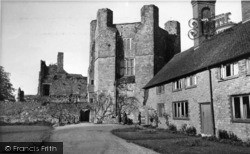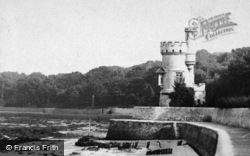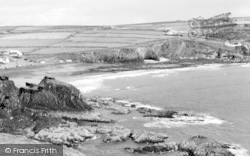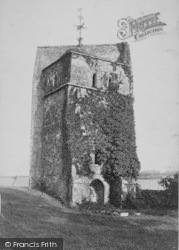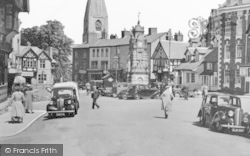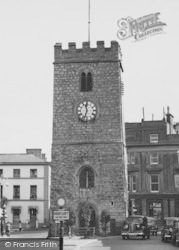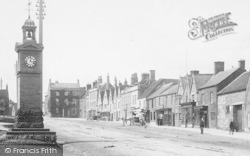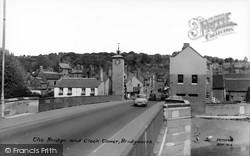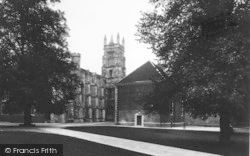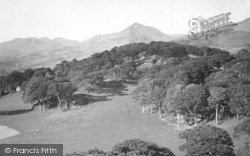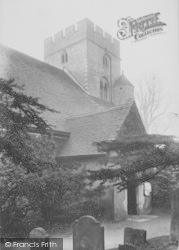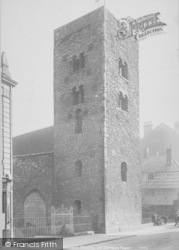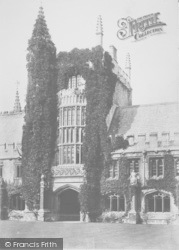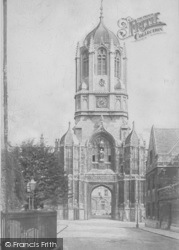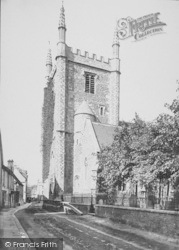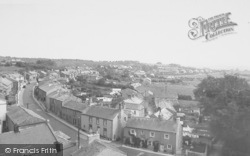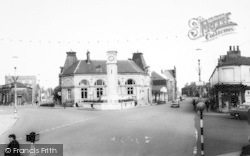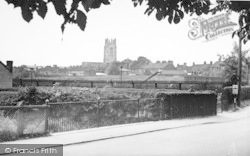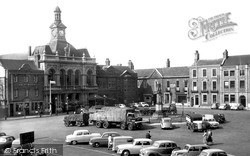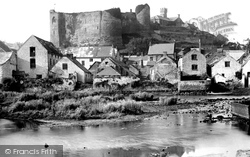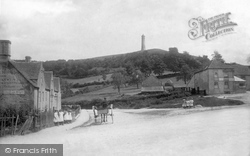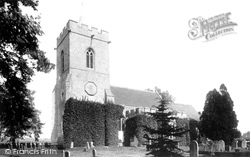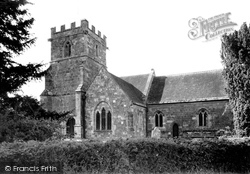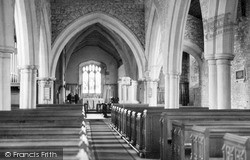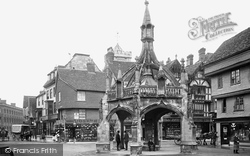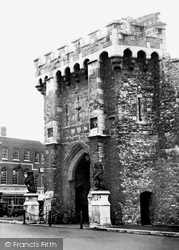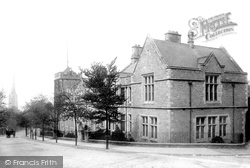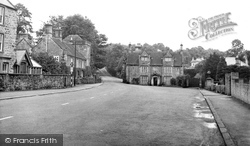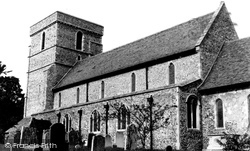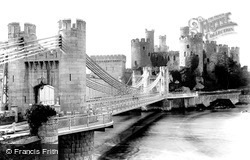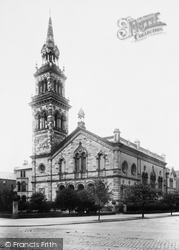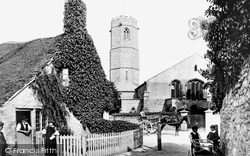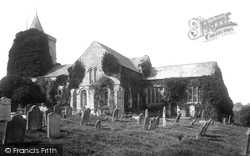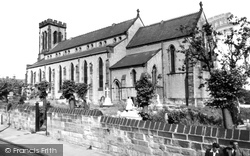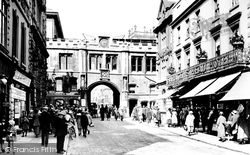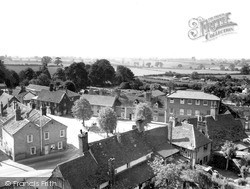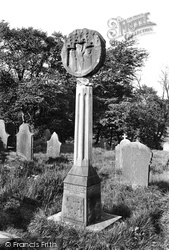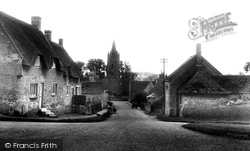Places
36 places found.
Those places high-lighted have photos. All locations may have maps, books and memories.
- Poplar, Middlesex
- Bow, Middlesex
- Bethnal Green, Middlesex
- Stepney, Middlesex
- Alton Towers, Staffordshire
- Isle of Dogs, Middlesex
- Limehouse, Middlesex
- Spitalfields, Middlesex
- Barjarg Tower, Dumfries and Galloway
- Bromley, Middlesex
- Stratford Marsh, Middlesex
- Tower Hill, Merseyside
- Tower Hill, Essex
- St George in the East, Middlesex
- Wapping, Middlesex
- Globe Town, Middlesex
- Old Ford, Middlesex
- Cubitt Town, Middlesex
- Tower Hill, Cheshire
- Tower Hill, Surrey
- Bow Common, Middlesex
- Mile End, Middlesex
- Millwall, Middlesex
- Ratcliff, Middlesex
- Warmley Tower, Avon
- Tower Hill, Hertfordshire
- Tower End, Norfolk
- Tower Hamlets, Kent
- Tower Hill, Devon
- Tower Hill, West Midlands
- Blackwall, Middlesex
- North Woolwich, Middlesex
- Hackney Wick, Middlesex
- Shadwell, Middlesex
- South Bromley, Middlesex
- Tower Hill, Sussex (near Horsham)
Photos
2,720 photos found. Showing results 1,861 to 1,880.
Maps
223 maps found.
Books
1 books found. Showing results 2,233 to 1.
Memories
637 memories found. Showing results 637 to 637.
Captions
3,036 captions found. Showing results 2,233 to 2,256.
The railway (in the 1950s the LNER's east coast main line) brought further prosperity; this included the building of a new town hall in the 1860s, seen here with its clock tower.
The watch-tower in the roof of the new prison was built so the guards could observe all activity in the exercise yards.
Two carefully-posed groups of young girls are a feature of this photograph of the village of North Nibley, with the 111 foot- high memorial tower to the martyr William Tyndale on the knoll
The ivy has long gone from the Early English Gothic 13th-century tower surmounted by the battlemented 15th-century bell stage and leaded spirelet.
The south tower has a Perpendicular top, and the chancel and nave are also Perpendicular.
The tower and spire rest on crossing piers and arches to north, south, east and west. Monuments dating back to 1418 include Thomas Polton and his wife, in brass with demi-figures 13 ins long.
St Thomas' church tower can be seen above and behind the roofs of the shops.
All that remains is a double tower, and although still standing, it is now in danger of total collapse.
If you feel energetic, a climb to the roof of the tower will reward you with a magnificent view over broadland.
The church with its octagonal central tower was built in the 1870s and is now the Roman Catholic Church of the Holy Name of Jesus.
The 13th-century tower windows below the belfry are studded with carved dogtooth mouldings. Beyond is the school of 1874, while the foreground is now occupied by bungalows.
Over the years it has been a toll-gate, prison, guildhall and museum.The original Norman arch dates back to about 1175, and the tower was added a century later.The upper floor used to be the guildhall
The tower of St Peter's Roman Catholic Cathedral can be seen in the background.
This building is thought to be a late 13th- to early 14th-century hall that was raised to a pele-tower during the 15th century.
This is a large solid church of Early English design with a Norman tower. Nearby was once the royal palace of the early Saxon kings of Kent. There is also an underground labyrinth of caves.
We can see a tower of Stephenson's 412ft-long tubular railway bridge in the centre of the picture. This structure was built on the line of the old L & NWR Railway in 1848.
The design of the tower displays the hand of the amateur architect.
The church of St Peter and St Paul is also unusual - it has one of Somerset's octagonal towers. In 1826 the medieval nave was drastically altered into a barn-like preaching box.
Though picturesque, the ivy engulfing the church in this view obscures a feature rare in the region – a pre-Conquest western tower.
It was unusual in a number of respects, including the inclusion of ten tubular bells in the tower and for having galleries on three sides (hence the height of the nave), which gave it 730 sittings
This view shows the ornate cast-iron balcony of the Saracen's Head Hotel, now shops, and the tower of St Peter at Arches beyond Stone Bow, built in 1720, demolished in 1933 and largely rebuilt in Lamb
This view is taken from the top of the church tower overlooking the triangular market place, with the Jubilee Pump and Swan Inn.
With a 15th-century tower, the church of All Hallows has sweeping views over surrounding country. It is thought that the chancel screen came from Sawley Abbey.
This exquisite view shows the tall 14th-century tower of St Peter's Church with a small but richly ornamented spire and very tall pinnacles.
Places (38)
Photos (2720)
Memories (637)
Books (1)
Maps (223)


